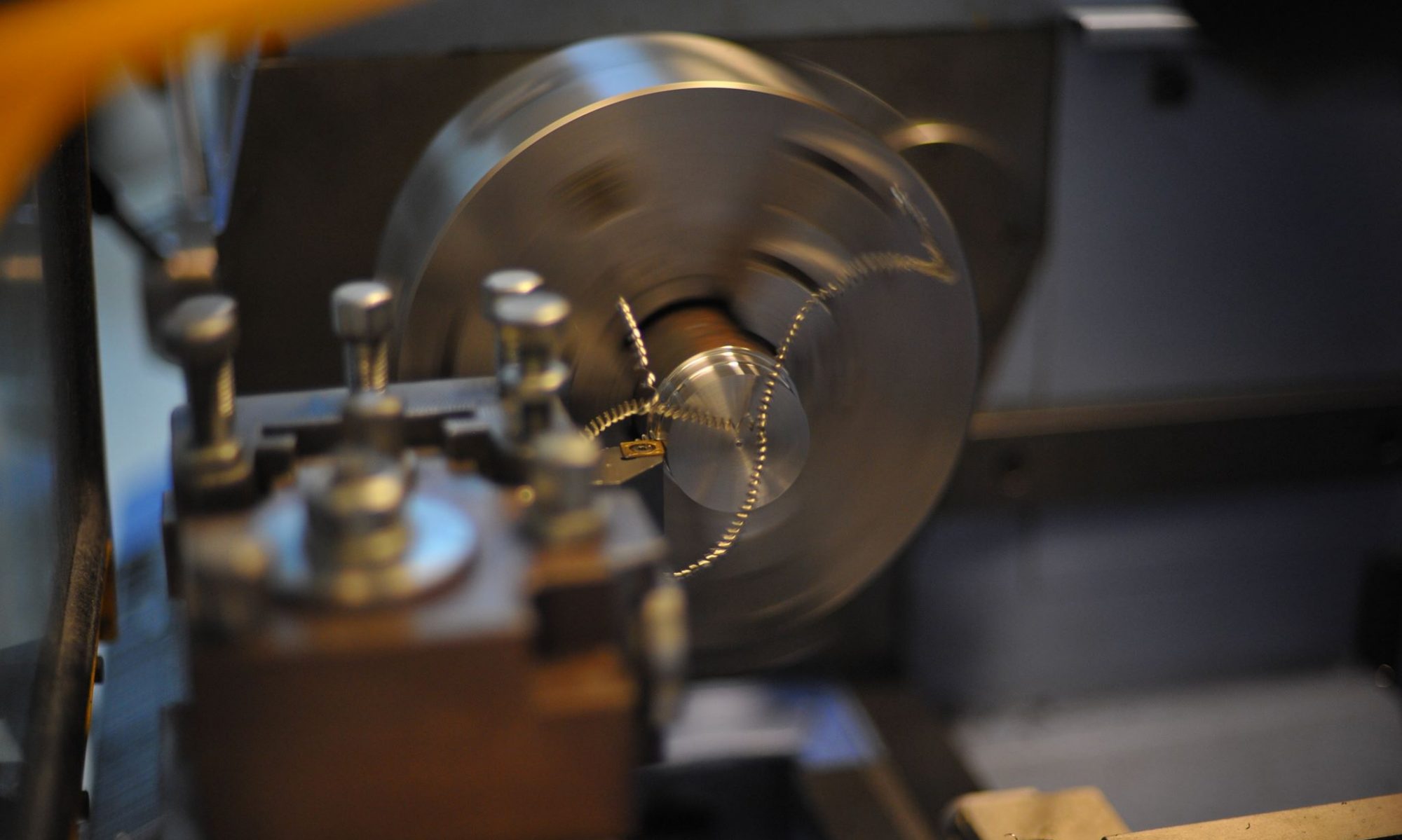Milling-Problem Solving
Below you will find a cheat sheet to solve many of the most common problems that can occur when milling.
| Problem | Cause | Action |
|---|---|---|
| Crime | Too much intervention Too high Feed Long track length or overall length |
Divide into multiple passes Reduce feed per tooth Reduce overhangs or use shorter milling |
| Wear | Work materials too hard Improper cutting speed and/or feed Poor chip evacuation Up-Milling Incorrect spiral angle of the cutter |
Switch to a milling cutter with the right material and coating See workshop manual for correct cutting data Reorient the cooling Down-Milling Switch to the correct cutter |
| Chipping | Too high Feed Vibration Cutting speed too low Up-Milling Tool stability Workpiece stability |
Reduce feed Lower rpm Increase speed Down-Milling Reduce overhangs or use shorter milling Improve the Uptension |
| Short life span | Tough work material Incorrect rake angle and/or clearance angle Friction between tools and work materials |
Switch to cutter with the right properties for the specific material Change to the correct design Use coated tool |
| Poor surface finish | Too high Feed Cutting speed too low Chip jamming Tool Wear When Bue Weld Overlay |
Reduce feed per tooth Increase speed Reduce the procedure Change or sharpen tools Use tools with higher spiral angle Increase refrigerant flow |
| Defects in the workpiece surface | Deflection For few cutting edges on the tool Unsymmetrical/Worn tool holders Poor spindle stability |
Use tools with more cutting edges Repair or replace tool holders Replace with shorter/more stable tool holders Use machine with more stable Spider |
| Vibration | For high feed and cutting speed Long track length or overall length Too much intervention For poor stability in the holder and machine Workpiece stability |
See workshop manual for correct cutting data Short protrusion or use shorter milling Reduce depth of cut Change to more stable holder Improve the Uptension |

